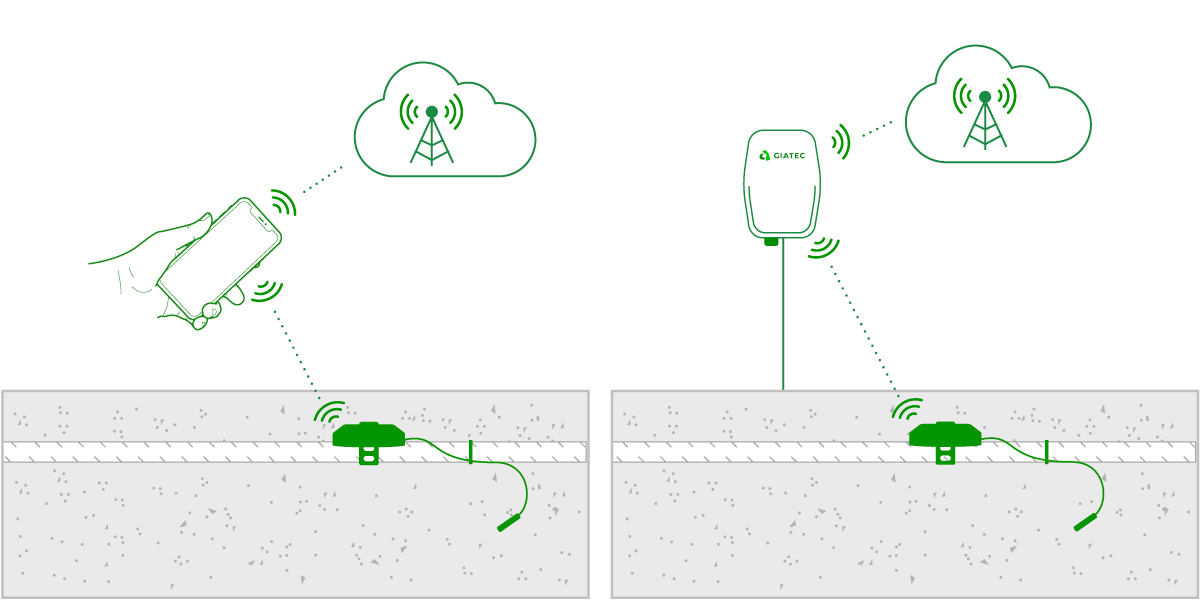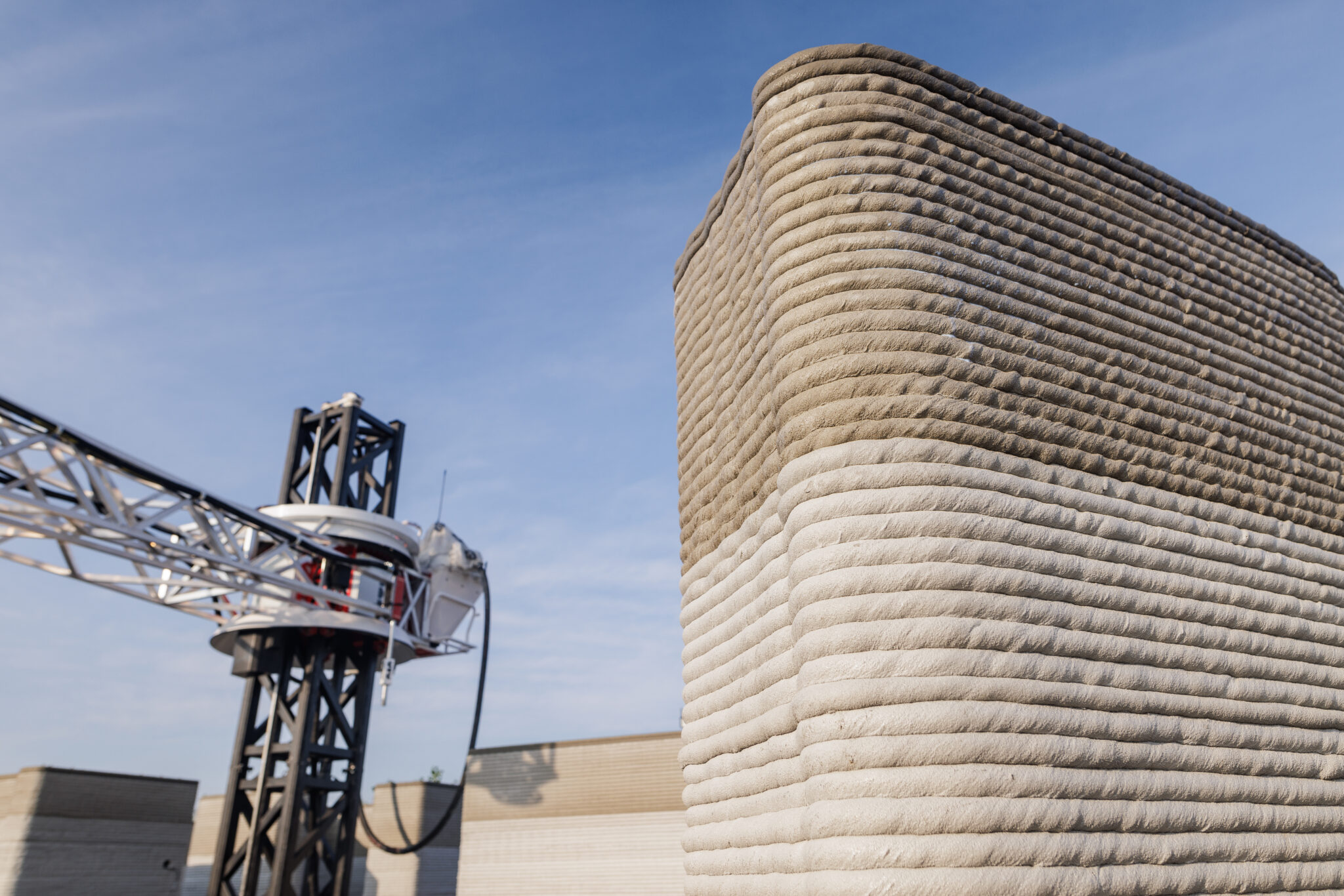What to do with Captured Carbon?
With concrete being the second most consumed substance on earth (next to water), it is no secret that the concrete industry is one of the leading sources for carbon dioxide emissions, creating as much as 5 per cent of worldwide man-made emissions of the gas. The production of cement releases these greenhouse gas emissions both directly and indirectly. Directly, gas is emitted from the heating of limestone. Indirectly, CO2 enters the atmosphere from the burning of fossils fuels needed to heat a kiln.
Explore 12 Futuristic Technology Trends Solving Concrete's Biggest Challenges.
In light of these facts, much focus has been recently placed on carbon capture technologies. Noting that carbon capture refers to the process of capturing waste carbon dioxide (CO2) from large point sources, this carbon is then required to be transported to a storage site and deposited where it so as to prevent it from entering into the atmosphere. Normally, the deposits are placed in an under-ground geological formation. Now however, companies are increasingly looking to use the captured carbon in the production of toothpaste, fish food and none-other than… you guessed it – concrete!
“Rather than say we’re capturing it just to store it, we’re actually going to turn it into valuable products,” Steve MacDonald, CEO of Emissions Reduction Alberta states.
As a means of pushing this trend forward, the Alberta agency has already put forth $35 million to find the best uses for all of this captured carbon. Similarly, Canada’s Oilsands Innovation Alliance (COSIA), pairing up with XPrize Foundation, is offering up to $20 million in cash awards for teams who are working at creating commercial uses for it.
The potential for this shift in utilization of captured carbon may be huge. As per a McKinsey & Company report done last year on behalf of Global CO2 Initiative for instance, carbon products – especially those in concrete, plastics and fuel, may be a market that is worth between US $800 billion and ES $1.1 trillion by 2030!
Within the concrete industry, one means of using captured carbon in concrete is by injecting it into the concrete itself. This process reduces the requirements for composite materials when making concrete and even makes it stronger.
As shown in the progress being made with utilizing captured concrete, we are learning that for green technology to be successful, it has to – and can be, commercially viable, just like any other product.
Source: Companies seek to turn captured carbon into concrete, fish food and even toothpaste,Firms lack action over carbon emissions








